연구
연구분야
인류사회에 이바지할 혁신적인 기술의 진보를 위해, UNIST 전기전자공학과에서는 아래 14개 연구분야에서 다양한 연구를 수행하고 있습니다. 또한, 4개의 특화된 연구그룹(인공지능 반도체, 지능형 자율주행, 탄소 중립, 국방/우주)을 두고 있습니다.
- Artificial intelligence and machine learning
- Biological and medical devices and systems
- Computer and software
- Electric power
- Electromagnetics, antenna, and THz
- Electronic devices
- Integrated circuits and systems
- Mobility and electric energy
- Nano fabrication, materials and advanced packaging
- Networks and communications
- Photonics
- Quantum science and engineering
- Robotics
- Vision
| Artificial intelligence and machine learning | |
|---|---|
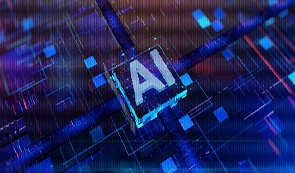 |
Our research focuses on advancing machine intelligence by enhancing learning, prediction, and control in a secure and robust manner. Our field encompasses both theoretical aspects such as algorithms and optimization, as well as practical applications including statistical learning, deep learning, reinforcement learning, symbolic reasoning, and hardware implementations.
|
| Biological and medical devices and systems | |
|---|---|
 |
We are a dedicated group focused on the development of integrated devices and systems for various biological and medical applications. Our extensive research scope encompasses a wide range of areas, including the design and fabrication of advanced sensing devices, integrated circuits for readout and interfacing purposes, signal calibration techniques, pattern recognition algorithms, edge computing solutions, and much more.
|
| Computer and software | |
|---|---|
 |
This research activity is dedicated to the intersection between hardware and software to develop new architectures and methodologies achieving high-performance, high-efficiency, and high-reliability. Our research focuses on various emerging technologies such as novel computer architecture, processing-in-memory, deep learning acceleration, hardware emulation, embedded system design, algorithms for robots and intelligent systems, next-generation computer networks, mobile computing, and cryptography.
|
| Electric power | |
|---|---|
 |
Electricity is the basic and fundamental of Electrical Engineering. The research group on electric power focuses on power generation, power delivery, power transmission, power conversion, power consumption, and power harvesting, which are all significant technology related to electric power. Our research improves power efficiency, safety, and reliability, which can reduce energy loss, pollution, and greenhouse gas emission. Finally, this technology can save our Ecosystem and Earth
|
| Electromagnetics, antenna, and THz | |
|---|---|
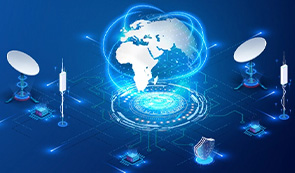 |
Applied electromagnetics plays a crucial role in numerous contemporary applications, spanning wireless communications, antennas, sensors, satellites, and defense systems. These applications rely on electromagnetic principles either as a central component or in a supporting role through phenomenological or technological connections. Our department’s research activities encompass an extensive array of frequency spectrums, including Microwave, Millimeter-Wave, Terahertz, and optical-wave bands.
|
| Electronic devices | |
|---|---|
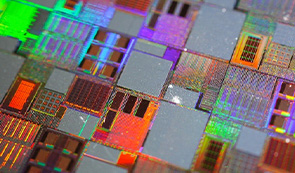 |
The exponential growth of computing performance and storage capacity of semiconductor devices has become the most powerful driving force enabling affluent lives of modern people. Cutting-edge electronic devices are leading the semicoductor technologies. Our research interests include multi-valued logic and memory, 3D-structured devices (e.g., GAA-FET, NS-FET, CFET), nanoscale devices based on both silicon and non-silicon materials, and RF devices, and power devices.
|
| Integrated circuits and systems | |
|---|---|
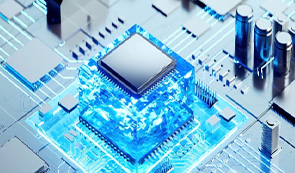 |
Analysis, design, simulation, verification, and testing of “integrated circuits and systems” for various applications, such as sensors for CMOS imager, LiDAR, and bio, high-speed wired/wireless communications, next-generation computer architecture, processing-in-memory, sytem-on-chips (SoC) for accelerating AI algorithms, neuromorphic processor, embedded system, power management circuits, wireless power transfer at distance, high frequency power generation in CMOS, and design of A/D and D/A data converters, and robust circuit-design techniques.
|
| Mobility | |
|---|---|
 |
In the areas where electric vehicles, clean/renewable energy, power conversion/transfer, future mobility technologies (e.g., low-carbon/high-efficiency/sustainable transportation, autonomous vehicles, air taxis, ride-sharing services, personal mobility, and Mobility As A Service), and next-generation vehicular network (e.g., V2X, infra-guided autonomous vehicles, and hyperloop communication) intersect and interact, our research focuses on a wide variety of theoretical, algorithmic, software, hardware, systems, and platform issues.
|
| Nano fabrication, materials and advanced packaging | |
|---|---|
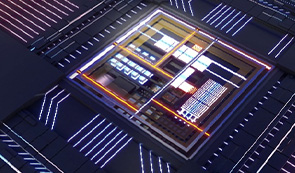 |
We strive to develop new materials and manufacturing technologies through cutting-edge techniques and creative ideas, with the goal of bringing innovation to various industries. Through nano fabrication techniques, we create precise structures and manipulate various materials to enhance the strength, conductivity, optical properties, and even introduce new functionalities to existing materials. We also research various packaging technologies to develop advanced packaging solutions that meet requirements such as high density, heat dissipation, and signal transmission.
|
| Networks and communications | |
|---|---|
 |
This research activity is dedicated to the development of next-generation networking and communication technologies, such as new cellular/Wi-Fi/satellite protocols, communication networks for AI, and AI for communication networks. Our research is inter-disciplinary by nature, combining multi-domain knowledge including information theory, signal processing, algorithm, AI/ML, software engineering, etc.
|
| Photonics | |
|---|---|
 |
Various novel photonic devices are investigated as well as research on interesting light-matter interaction phenomena ranging from visible to mid-infrared wavelengths. Some examples of research topics include photonic and plasmonic waveguide, photonic integrated-circuits, metamaterials and metasurfaces, novel III-V on silicon lasers, optical switches, photodetectors, MEMS devices, and quantum devices for applications in communications, imaging, display, and sensing.
|
| Quantum science and engineering | |
|---|---|
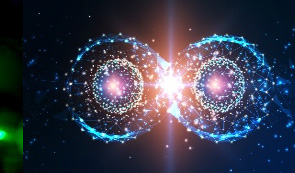 |
In the quantum science and engineering field, we explore emerging quantum technologies based on quantum mechanics like quantum computers and secure communication. It leverages superposition and entanglement for faster computation, unbreakable encryption, and high-precision sensing. It’s a multidisciplinary field merging physics, computer science and engineering, with potential for groundbreaking advancements.
|
| Robotics | |
|---|---|
 |
Recognizing the potential of robotics in enhancing productivity and competitiveness, our research group conducts basic and applied research in robotics technologies for industrial and societal tasks. We strive to blend practical and theoretical aspects, continuously expanding our approaches and efforts in the field while remaining committed to realizing its full potential.
|
| Vision | |
|---|---|
 |
This research group focuses on computer vision theory and applications, and modeling of the human visual system. It also explores vision-based decision-making, object recognition, human-machine interfaces, and the perception and modeling of human and animal behavior, collaborating with fields such as machine learning, artificial intelligence, neural networks, computer graphics, and more.
|
